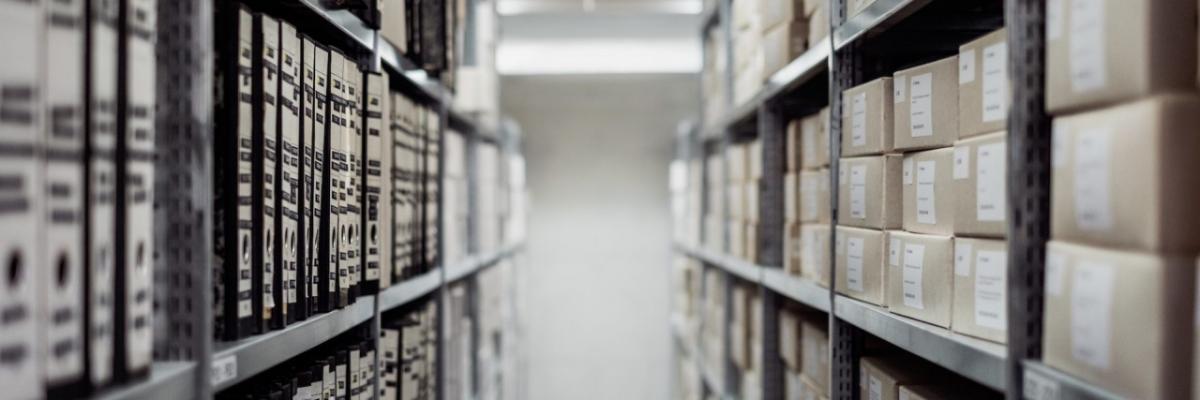How Cities Are Evolving to Meet the Sharp Rise in Shipping Demands
by Emma Kantrowitz

blueprint blog presented by CBRE
As online shopping cements its place in the current retail industry, cities have to contend with the rise in urban freight trips, package deliveries and other associated factors.
Plus, expedited options like two-day, one-day, overnight and two-hour delivery have forced the shipping logistics industry to become more agile. For retailers, meeting that demand means shoring up last-mile fulfillment strategies, expanding distribution channels and even working with outside delivery providers. But for cities, expedited shipping means more trucks on already congested roads and an excess of packages.
“Cities have been slow to react to the outbreak of demand for last mile logistics with the long-term solution likely involving the repurposing of urban spaces to be used as urban consolidation hubs,” says Tasos Vezyridis, Senior Director of UK and EMEA Retail and Logistics Research, CBRE. “Some European cities are already tackling the problem with interesting trial ideas, such as the KoMoDo Project in Berlin that consists of cooperative use of centrally located micro-depots provided by the Senate Department for Urban Development and Environment. Participating companies include the five largest Courier, Express and Parcel services companies (CEP) in Germany, which will supply selected neighborhoods with eco-friendly cargo bikes.”
According to the 2017 Material Handling Industry’s annual report, urban freight deliveries are expected to grow 40 percent by 2050. For cities looking to stay on the cutting edge, urban planning teams will have to work hand-in-hand with emerging technologies and private-sector providers to keep the delivery playing field in order. And while managing additional packages is nothing new—USPS delivered 3.1 billion packages across the U.S. in 2009 and 5.1 billion in 2016—city infrastructure has a more finite limit than sprawling suburbs or rural areas.
“Urban freight trips are basically fitting a square peg into a round hole,” Christopher Leinberger, chair of the Center for Real Estate and Urban Analysis at George Washington University, told CityLab. “It’s more trucks and more routes jammed onto city streets, which is trying to address a challenge with obsolete thinking.”
Though compiling hard data on urban freight trips isn’t always readily available—freight delivery companies are part of the private-sector, and not regularly tracked by urban transit authorities—the numbers all point to the same unavoidable conclusion: More online shopping equals more delivery vehicles on the road. And major metropolitan areas are making changes.
New York City’s Department of Transportation is working on a Smart Truck Management plan that would develop a better understanding of “truck route usage and compliance, movement of goods, needs of shoppers and receivers, and community concerns.” So far, the DOT has already implemented their Off-Hour Deliveries program, which encourages deliveries between 7 p.m. and 6 a.m. to help relieve midday congestion. As the city learns more about the behavior of delivery vehicles on the road, they’ll work to enact more meaningful changes.
For the UK, online retail is expected to encompass over one third of total retail sales by 2040—which means more packages and more required space for the supply chain to handle and process all those deliveries. While finding large, well-located warehouses is a challenge in London and other UK cities, having logistics centers near urban hubs will allow companies to shrink the “last-mile” delivery distance and better serve the growing population. By looking outside the box—to multi-story developments and underground options, for example—companies can meet those needs.
n Seattle, UPS is testing delivery by electric bicycle, which can haul up to 400 pounds in large, preloaded crates. The eBike service leaves more room for deliveries on already crowded streets, helps reduce carbon emissions and is already available in over 30 cities globally. The Seattle launch is the first permanent program in the U.S. By relying on bicycles, which have an easier time finding parking, couriers can also reduce exorbitant ticket expenses (in 2006, UPS racked up $18.7 million in parking violations in New York City alone).
Until then, look to the skies—drone delivery could be taking off soon.

